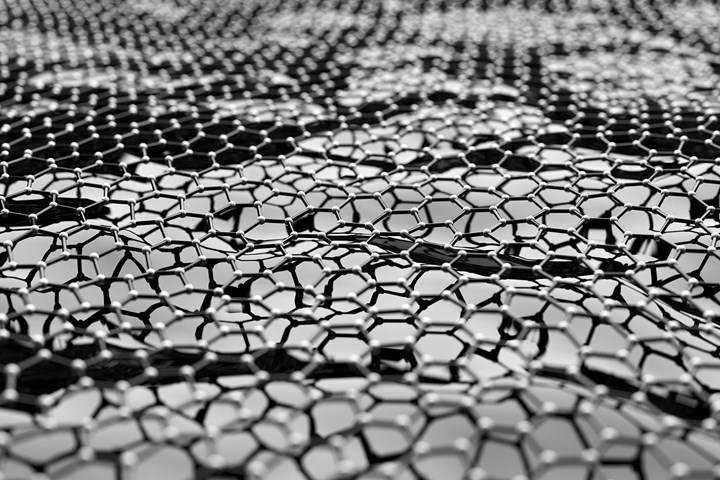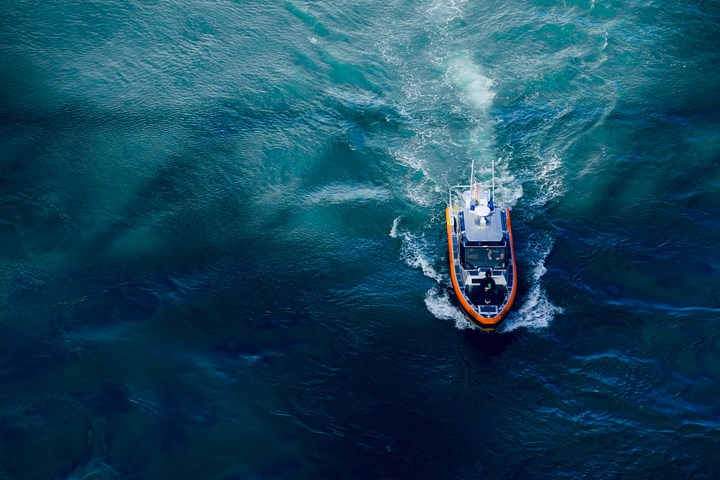Toray supplies HiCAM project with thermoset, thermoplastic prepreg technologies

Toray supplies HiCAM project with thermoset, thermoplastic prepreg technologies Toray (Tokyo, Japan), a global company offering innovative technologies and advanced high-performance materials, is among the list of composite material suppliers that are members of the NASA Advanced Composites Consortium (ACC) and are supporting NASA’s (Washington, D.C., U.S.) Hi-Rate Composite Aircraft Manufacturing (HiCAM) project. The ACC is a public-private partnership which includes NASA, the Federal Aviation Administration (FAA), select aerospace and materials companies, and academia that supports the HiCAM project. The project seeks to dramatically improve the manufacturing rates of composite airframe structures for future single-aisle commercial aircraft manufactured in the U.S. Its approach includes the use of high-rate composite technologies to improve production rates and cost without sacrificing weight and performance attributes. “The HiCAM project has completed tasks supporting formula






